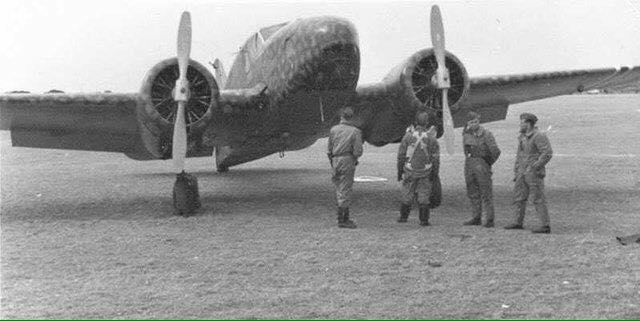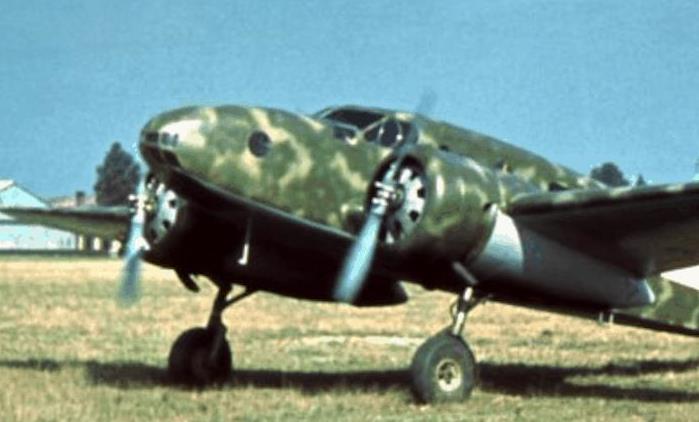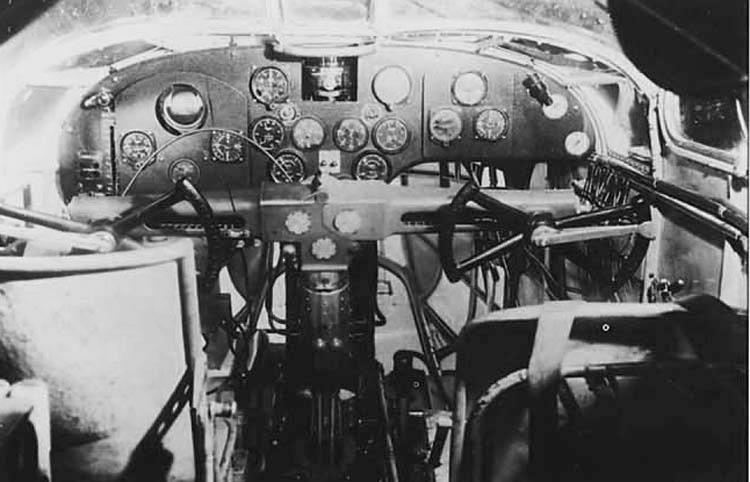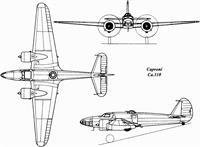| Type | 3 seat reconnaissance/light bomber |
| Engine | 2 Piaggio Stella P.VII C 16/35 with 3-bladed variable pitch propellers |
| Dimensions | Length 12,20 m, height 3,52 m, span 16,20 m, wing area 38,70 m2 |
| Weights | Empty 3053 kg, loaded 4205 kg, max. take off weight 4650 kg |
| Performance | Max, speed 357 km/h, cruising speed 306 km/h, range 1025 km, service ceiling 7400 m |
| Armament | 3 7,7 mm Breda-SAFAT machine guns (2 fixed forward firing in wing roots, 1 in a dorsal turret), bombload 400 kg |
| Type | Werk.Nr | Registration | History |
| A | A | KI+TB | Gruppo Trasferimen to Velivoli |
| KI+TC | Gruppo Trasferimen to Velivoli | ||
| KI+TE | Gruppo Trasferimen to Velivoli | ||
| KI+TF | Gruppo Trasferimen to Velivoli | ||
| KI+TG | Gruppo Trasferimen to Velivoli | ||
| KI+TI | Gruppo Trasferimen to Velivoli |



